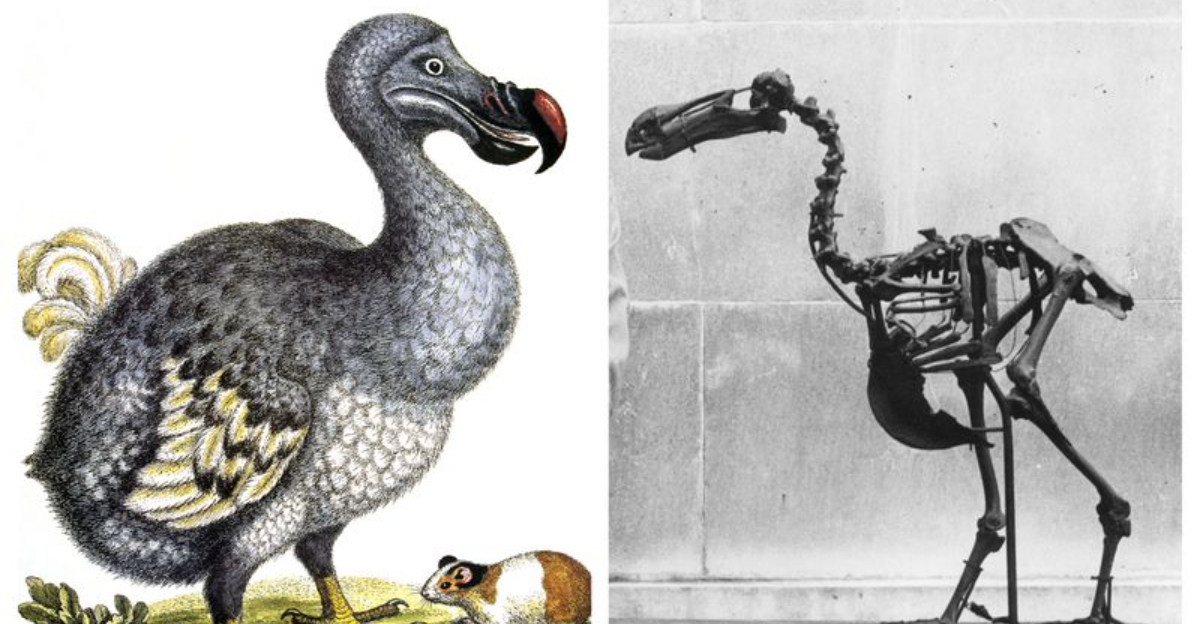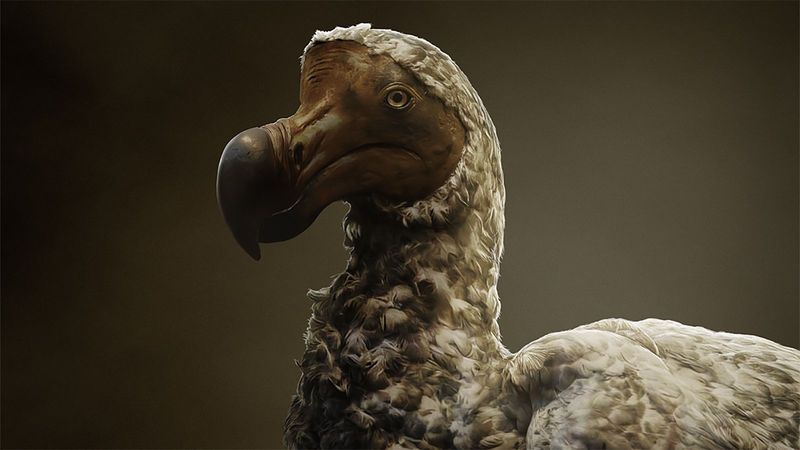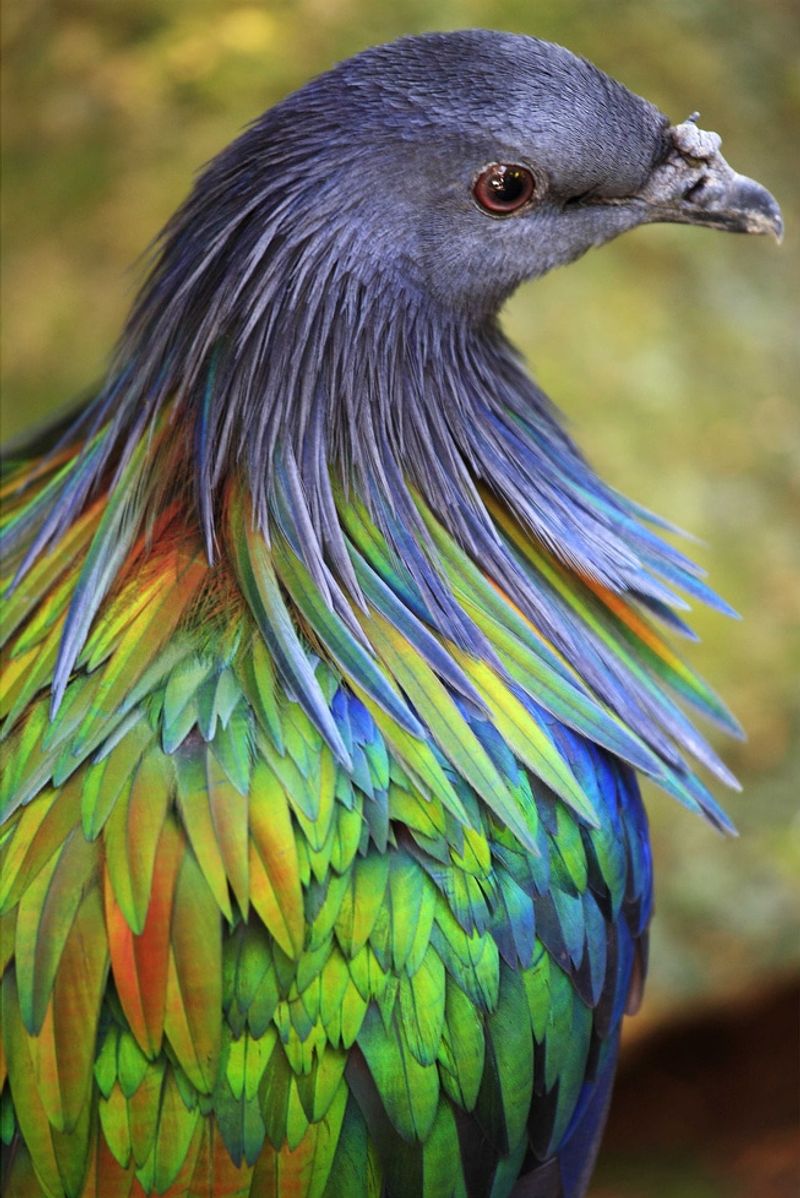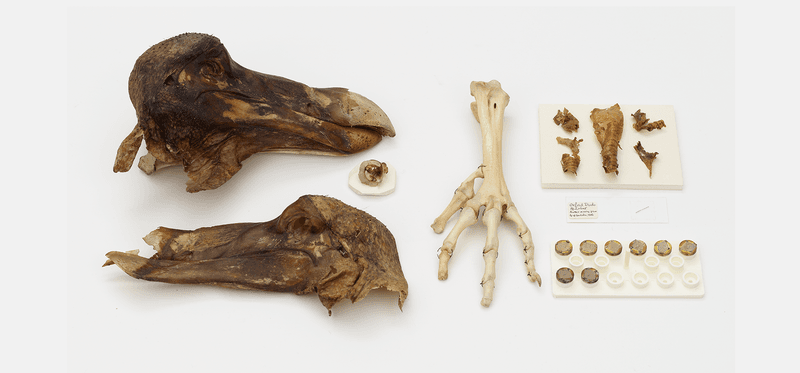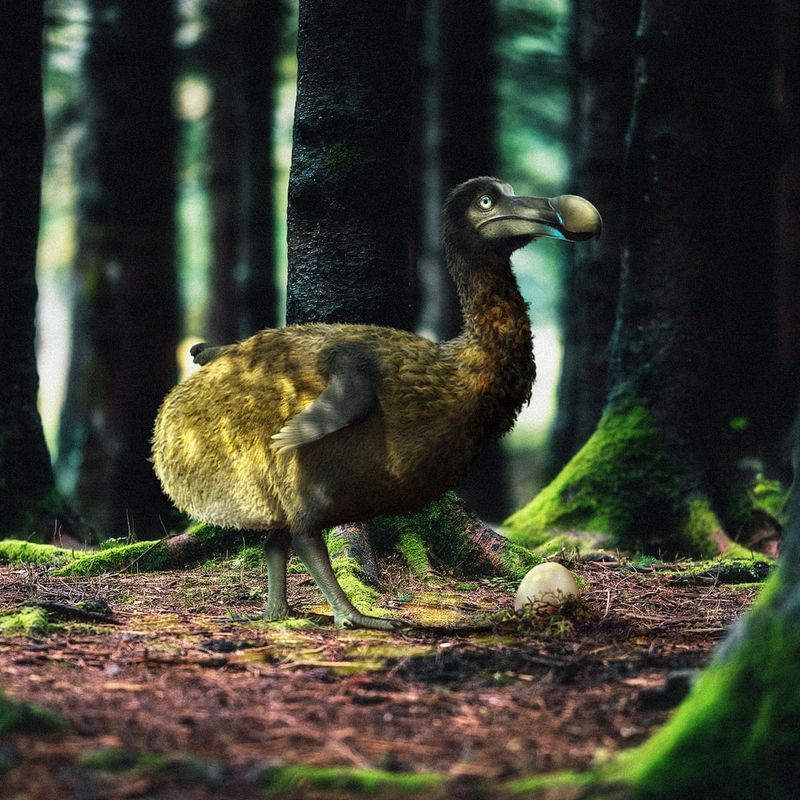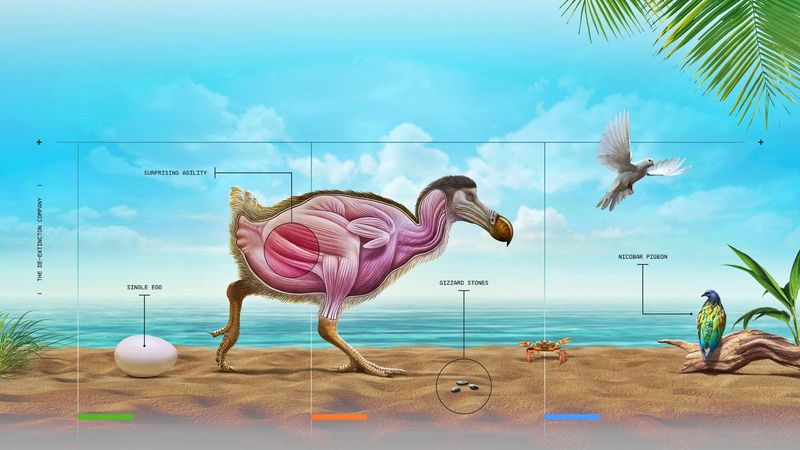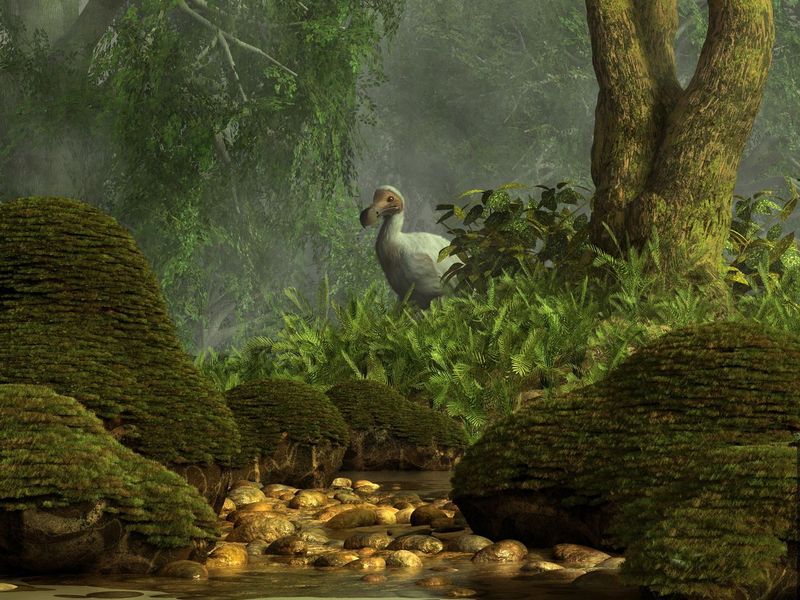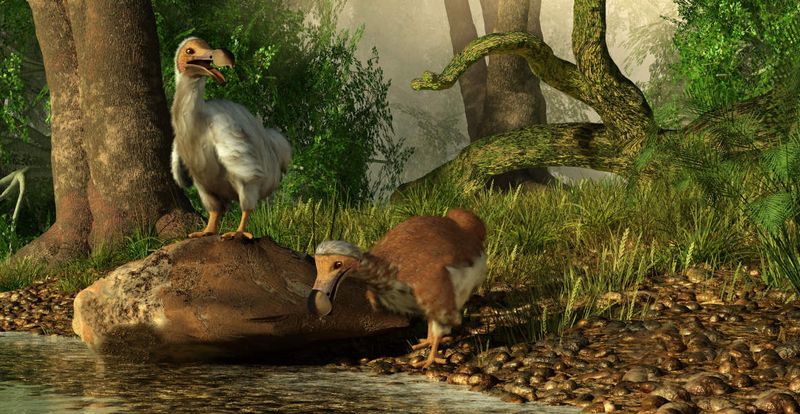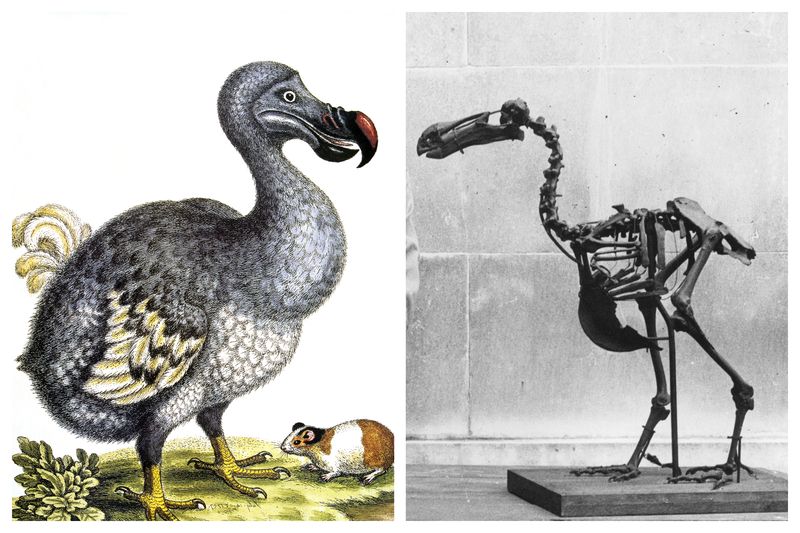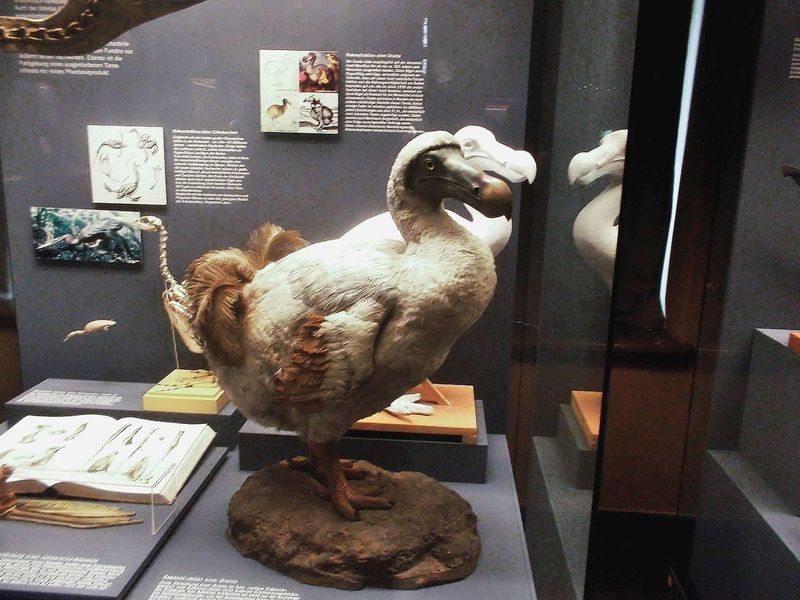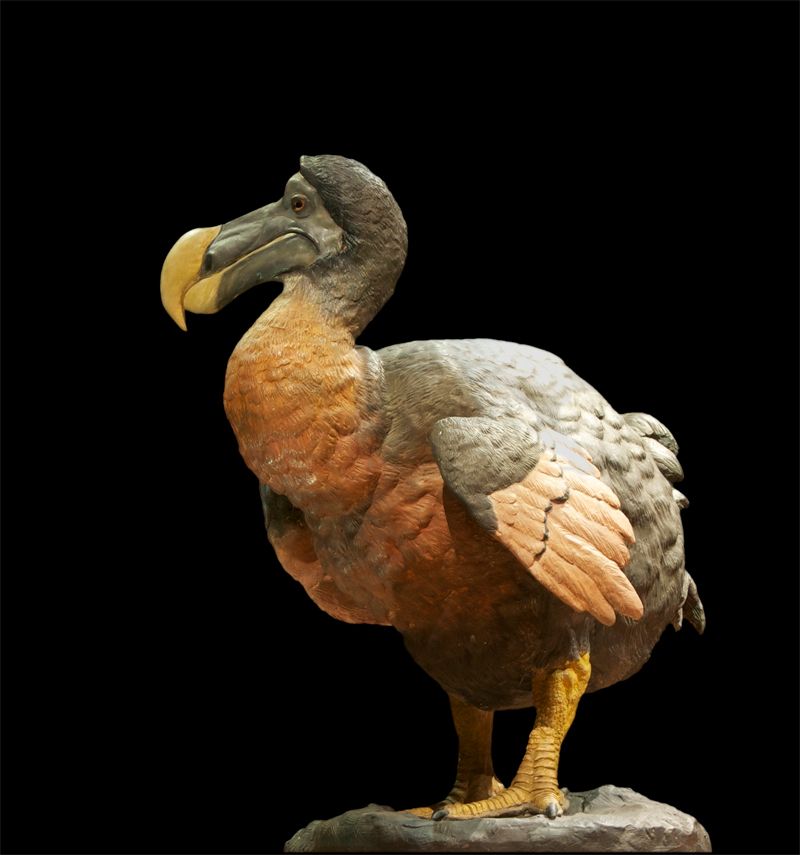The dodo bird, extinct since the late 17th century, has become a symbol of human-caused extinction. Scientists are now working to bring this flightless bird back from the dead using cutting-edge genetic technology.
This ambitious de-extinction project raises fascinating scientific possibilities alongside serious ethical questions about our relationship with nature.
1. Colossal Biosciences Spearheads the Resurrection Mission
A Texas-based company is betting millions on bringing extinct animals back to life. Founded in 2021 by tech entrepreneur Ben Lamm and Harvard geneticist George Church, Colossal Biosciences has attracted significant venture capital for its de-extinction projects. The dodo represents their newest challenge, following work on woolly mammoths and Tasmanian tigers. Their scientists combine ancient DNA analysis with cutting-edge gene editing to recreate species lost to history. Unlike fictional portrayals in movies, this real-world resurrection attempt relies on hard science rather than amber-preserved DNA.
2. Nicobar Pigeons Hold the Genetic Key
Strutting around remote islands of Southeast Asia lives the dodo’s closest living relative. The iridescent Nicobar pigeon shares more DNA with the extinct dodo than any other bird on Earth, making it the crucial template for revival efforts. Scientists aren’t creating perfect dodos but rather ‘dodo-like birds’ by editing Nicobar pigeon genes. The colorful pigeon’s genome serves as a starting point that researchers modify to express dodo traits. This genetic proximity explains why we can attempt dodo revival when dinosaurs remain permanently extinct – we simply lack any close living relatives for species lost millions of years ago.
3. Museum Specimens Yield Surprising Genetic Material
Dusty museum drawers worldwide contain the genetic blueprint for resurrection. Against all odds, scientists have extracted DNA fragments from preserved dodo remains, including the famous Oxford Dodo specimen dating from the 1600s. These samples, despite their age and degradation, provide crucial genetic information. Advanced sequencing techniques piece together these fragments like a molecular jigsaw puzzle to reconstruct the dodo genome. The quality of this ancient DNA exceeded expectations, giving researchers confidence they can identify the genetic differences between dodos and their living relatives. Every tiny bone fragment potentially holds vital genetic clues.
4. CRISPR Revolution Makes De-extinction Possible
Revolutionary genetic scissors are cutting a path toward bringing back the dodo. CRISPR technology allows scientists to precisely edit genes in living organisms, inserting dodo-specific DNA sequences into Nicobar pigeon cells. The technique works like a molecular word processor – deleting, adding, or replacing specific genetic information. Researchers identify genes controlling distinctive dodo features – the curved beak, rounded body, and flightless nature – then edit pigeon cells to express these traits. Without CRISPR, de-extinction would remain science fiction. The Nobel Prize-winning technology has transformed genetic engineering, allowing precision modifications that were impossible just a decade ago.
5. Artificial Wombs May Nurture Baby Dodos
Growing baby dodos might happen without any mother bird involved. Researchers are exploring artificial womb technology to overcome a major hurdle in de-extinction: finding suitable surrogate mothers. These bioengineered environments would simulate the conditions inside a bird’s egg, providing nutrients, oxygen, and proper temperature regulation. Nicobar pigeons, despite their genetic similarity, differ significantly in size from dodos, making traditional surrogacy challenging. The technology remains experimental but promising. Successful artificial womb development would revolutionize not just de-extinction projects but potentially help conservation efforts for critically endangered birds whose populations are too small for natural reproduction.
6. Mauritius Ecosystem Needs Restoration First
The dodo’s island home has changed dramatically since the bird’s extinction. Before any dodo-like birds could be released on Mauritius, significant ecological restoration would be necessary to create a suitable habitat. Invasive species introduced by humans – rats, pigs, monkeys, and predatory cats – would threaten newly introduced dodos. Native plants that once provided food for the birds have also disappeared or become rare. Scientists are mapping what a dodo-friendly Mauritius would require. The project has sparked renewed interest in restoring parts of the island to their pre-colonial state, potentially benefiting numerous endangered species that still cling to existence there.
7. Ethical Debates Divide Scientific Community
Not all scientists believe we should bring back the dodo. A passionate divide exists between those who see de-extinction as a technological marvel and those who view it as a dangerous distraction from protecting living species. Critics argue the immense resources required for resurrection projects could save hundreds of currently endangered species. They question whether we’re merely satisfying human curiosity rather than serving ecological needs. Supporters counter that de-extinction technology develops tools beneficial for all conservation. They suggest revived species could restore lost ecological functions and inspire public engagement with biodiversity issues in ways traditional conservation fails to achieve.
8. The Dodo’s Symbolic Power Drives Revival Efforts
Few extinct animals capture human imagination like the awkward, flightless dodo. Its transformation from living bird to extinction symbol gives the revival project emotional resonance beyond pure science. The phrase “dead as a dodo” entered our language as the ultimate expression of something gone forever. Reversing this iconic extinction would dramatically demonstrate humanity’s power to undo past ecological mistakes. Marketing materials from de-extinction companies prominently feature dodo imagery precisely because of this symbolic value. The bird’s distinctive appearance and famous story make it the perfect flagship species for showcasing resurrection technology, regardless of ecological significance.
9. Public Fascination Creates Educational Opportunities
The dodo revival project has captivated global attention, creating unexpected teaching moments. Museums report surging interest in their dodo exhibits as visitors seek to learn about the bird that might return. Schools use the project to teach complex topics from genetics to ethics. The emotional connection students form with the dodo story helps make abstract concepts concrete and memorable. Conservation organizations leverage this interest to highlight broader extinction issues. While some worry about “de-extinction distraction,” others find the dodo’s story opens doors to discuss habitat protection, invasive species management, and humanity’s responsibility toward biodiversity – crucial conversations that might otherwise struggle to find audiences.
10. Success Remains Years Away Despite Hype
Headlines suggest the dodo’s return is imminent, but reality proves more complicated. While Colossal Biosciences announced their dodo project in 2022, even optimistic scientists acknowledge we’re years or possibly decades from seeing anything resembling a dodo. Each step faces significant technical hurdles. The genome reconstruction, gene editing, embryo development, and potential artificial womb technologies all require breakthroughs. The first “dodo-like” birds would likely display only some characteristics of the original species. True genetic resurrection remains impossible – what emerges will inevitably be a hybrid creation reflecting both our scientific limitations and ethical compromises. The timeline stretches further when considering habitat preparation and ecological testing.
